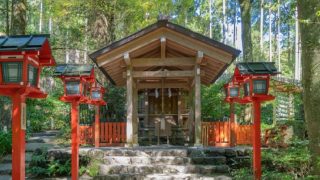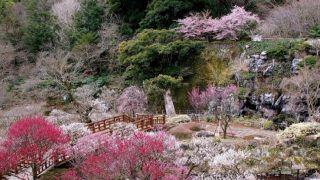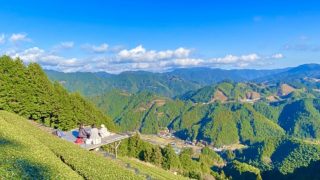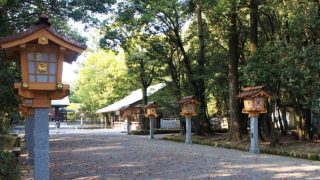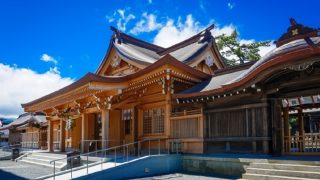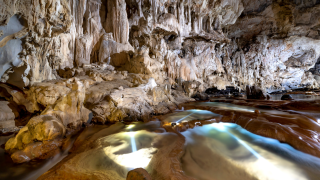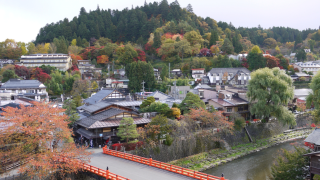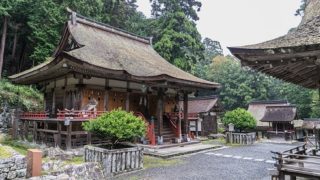 CONTENT
CONTENT A Sacred Site of Demon Slayer: Hiyoshi Taisha (Shiga Prefecture)A place that evokes the training grounds depicted in the Demon Slayer side story of the Rengoku family
This is not just a journey to an anime location—it is a path toward understanding the values and beliefs of its characters. At the foot of Mount Hiei, Hiyoshi Taisha offers a spiritual experience where fans can truly connect with the way of life embodied by the Flame Hashira, Kyojuro Rengoku. It is, without a doubt, a sanctuary for the soul.


